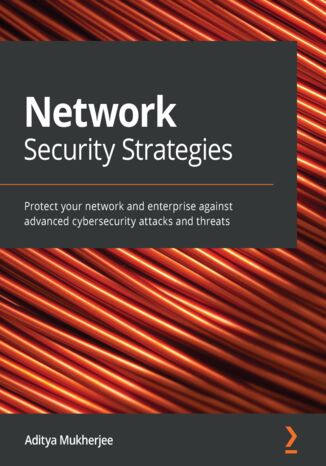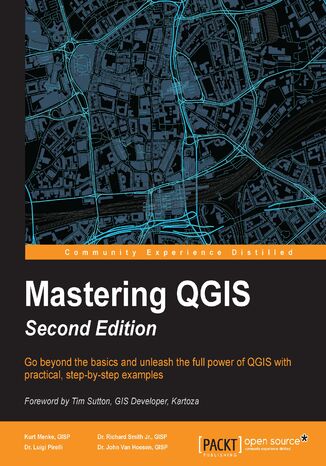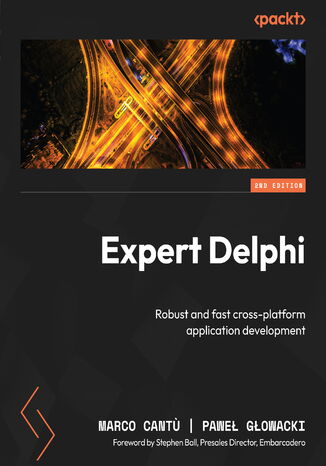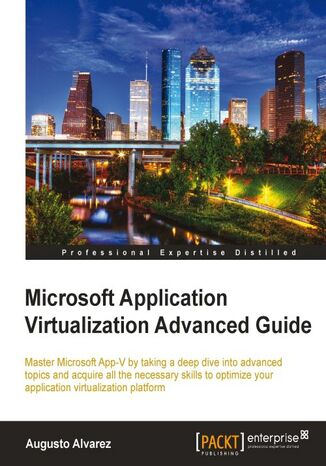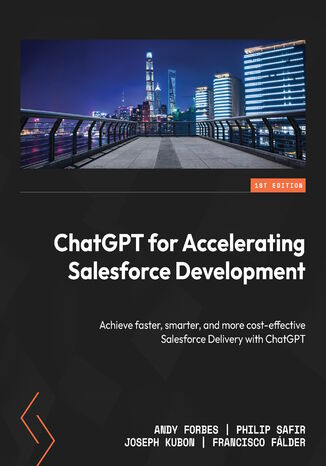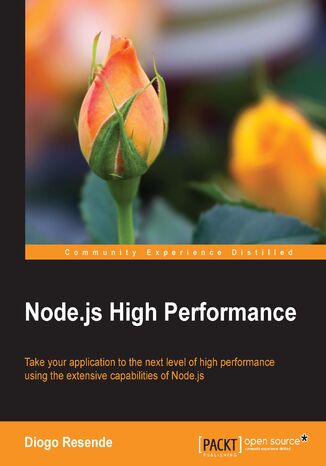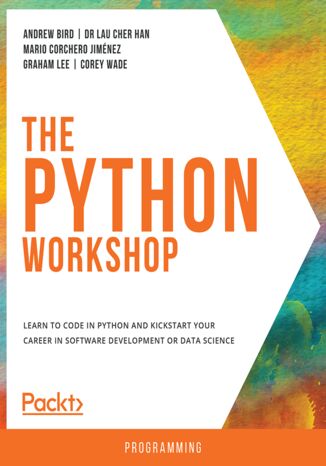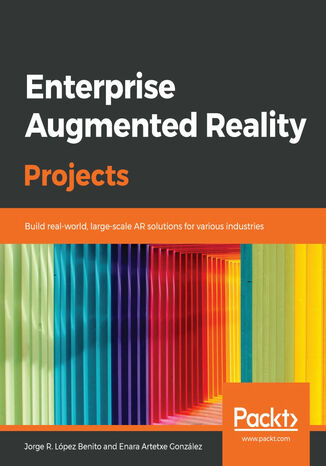Categories
Ebooks
-
Business and economy
- Bitcoin
- Businesswoman
- Coaching
- Controlling
- E-business
- Economy
- Finances
- Stocks and investments
- Personal competence
- Computer in the office
- Communication and negotiation
- Small company
- Marketing
- Motivation
- Multimedia trainings
- Real estate
- Persuasion and NLP
- Taxes
- Social policy
- Guides
- Presentations
- Leadership
- Public Relation
- Reports, analyses
- Secret
- Social Media
- Sales
- Start-up
- Your career
- Management
- Project management
- Human Resources
-
For children
-
For youth
-
Education
-
Encyclopedias, dictionaries
-
E-press
- Architektura i wnętrza
- Health and Safety
- Biznes i Ekonomia
- Home and garden
- E-business
- Ekonomia i finanse
- Esoterecism
- Finances
- Personal finance
- Business
- Photography
- Computer science
- HR & Payroll
- For women
- Computers, Excel
- Accounts
- Culture and literature
- Scientific and academic
- Environmental protection
- Opinion-forming
- Education
- Taxes
- Travelling
- Psychology
- Religion
- Agriculture
- Book and press market
- Transport and Spedition
- Healthand beauty
-
History
-
Computer science
- Office applications
- Data bases
- Bioinformatics
- IT business
- CAD/CAM
- Digital Lifestyle
- DTP
- Electronics
- Digital photography
- Computer graphics
- Games
- Hacking
- Hardware
- IT w ekonomii
- Scientific software package
- School textbooks
- Computer basics
- Programming
- Mobile programming
- Internet servers
- Computer networks
- Start-up
- Operational systems
- Artificial intelligence
- Technology for children
- Webmastering
-
Other
-
Foreign languages
-
Culture and art
-
School reading books
-
Literature
- Antology
- Ballade
- Biographies and autobiographies
- For adults
- Dramas
- Diaries, memoirs, letters
- Epic, epopee
- Essay
- Fantasy and science fiction
- Feuilletons
- Work of fiction
- Humour and satire
- Other
- Classical
- Crime fiction
- Non-fiction
- Fiction
- Mity i legendy
- Nobelists
- Novellas
- Moral
- Okultyzm i magia
- Short stories
- Memoirs
- Travelling
- Narrative poetry
- Poetry
- Politics
- Popular science
- Novel
- Historical novel
- Prose
- Adventure
- Journalism, publicism
- Reportage novels
- Romans i literatura obyczajowa
- Sensational
- Thriller, Horror
- Interviews and memoirs
-
Natural sciences
-
Social sciences
-
School textbooks
-
Popular science and academic
- Archeology
- Bibliotekoznawstwo
- Cinema studies
- Philology
- Polish philology
- Philosophy
- Finanse i bankowość
- Geography
- Economy
- Trade. World economy
- History and archeology
- History of art and architecture
- Cultural studies
- Linguistics
- Literary studies
- Logistics
- Maths
- Medicine
- Humanities
- Pedagogy
- Educational aids
- Popular science
- Other
- Psychology
- Sociology
- Theatre studies
- Theology
- Economic theories and teachings
- Transport i spedycja
- Physical education
- Zarządzanie i marketing
-
Guides
-
Game guides
-
Professional and specialist guides
-
Law
- Health and Safety
- History
- Road Code. Driving license
- Law studies
- Healthcare
- General. Compendium of knowledge
- Academic textbooks
- Other
- Construction and local law
- Civil law
- Financial law
- Economic law
- Economic and trade law
- Criminal law
- Criminal law. Criminal offenses. Criminology
- International law
- International law
- Health care law
- Educational law
- Tax law
- Labor and social security law
- Public, constitutional and administrative law
- Family and Guardianship Code
- agricultural law
- Social law, labour law
- European Union law
- Industry
- Agricultural and environmental
- Dictionaries and encyclopedia
- Public procurement
- Management
-
Tourist guides and travel
- Africa
- Albums
- Southern America
- North and Central America
- Australia, New Zealand, Oceania
- Austria
- Asia
- Balkans
- Middle East
- Bulgary
- China
- Croatia
- The Czech Republic
- Denmark
- Egipt
- Estonia
- Europe
- France
- Mountains
- Greece
- Spain
- Holand
- Iceland
- Lithuania
- Latvia
- Mapy, Plany miast, Atlasy
- Mini travel guides
- Germany
- Norway
- Active travelling
- Poland
- Portugal
- Other
- Przewodniki po hotelach i restauracjach
- Russia
- Romania
- Slovakia
- Slovenia
- Switzerland
- Sweden
- World
- Turkey
- Ukraine
- Hungary
- Great Britain
- Italy
-
Psychology
- Philosophy of life
- Kompetencje psychospołeczne
- Interpersonal communication
- Mindfulness
- General
- Persuasion and NLP
- Academic psychology
- Psychology of soul and mind
- Work psychology
- Relacje i związki
- Parenting and children psychology
- Problem solving
- Intellectual growth
- Secret
- Sexapeal
- Seduction
- Appearance and image
- Philosophy of life
-
Religion
-
Sport, fitness, diets
-
Technology and mechanics
Audiobooks
-
Business and economy
- Bitcoin
- Businesswoman
- Coaching
- Controlling
- E-business
- Economy
- Finances
- Stocks and investments
- Personal competence
- Communication and negotiation
- Small company
- Marketing
- Motivation
- Real estate
- Persuasion and NLP
- Taxes
- Social policy
- Guides
- Presentations
- Leadership
- Public Relation
- Secret
- Social Media
- Sales
- Start-up
- Your career
- Management
- Project management
- Human Resources
-
For children
-
For youth
-
Education
-
Encyclopedias, dictionaries
-
E-press
-
History
-
Computer science
-
Other
-
Foreign languages
-
Culture and art
-
School reading books
-
Literature
- Antology
- Ballade
- Biographies and autobiographies
- For adults
- Dramas
- Diaries, memoirs, letters
- Epic, epopee
- Essay
- Fantasy and science fiction
- Feuilletons
- Work of fiction
- Humour and satire
- Other
- Classical
- Crime fiction
- Non-fiction
- Fiction
- Mity i legendy
- Nobelists
- Novellas
- Moral
- Okultyzm i magia
- Short stories
- Memoirs
- Travelling
- Poetry
- Politics
- Popular science
- Novel
- Historical novel
- Prose
- Adventure
- Journalism, publicism
- Reportage novels
- Romans i literatura obyczajowa
- Sensational
- Thriller, Horror
- Interviews and memoirs
-
Natural sciences
-
Social sciences
-
Popular science and academic
-
Guides
-
Professional and specialist guides
-
Law
-
Tourist guides and travel
-
Psychology
- Philosophy of life
- Interpersonal communication
- Mindfulness
- General
- Persuasion and NLP
- Academic psychology
- Psychology of soul and mind
- Work psychology
- Relacje i związki
- Parenting and children psychology
- Problem solving
- Intellectual growth
- Secret
- Sexapeal
- Seduction
- Appearance and image
- Philosophy of life
-
Religion
-
Sport, fitness, diets
-
Technology and mechanics
Videocourses
-
Data bases
-
Big Data
-
Biznes, ekonomia i marketing
-
Cybersecurity
-
Data Science
-
DevOps
-
For children
-
Electronics
-
Graphics/Video/CAX
-
Games
-
Microsoft Office
-
Development tools
-
Programming
-
Personal growth
-
Computer networks
-
Operational systems
-
Software testing
-
Mobile devices
-
UX/UI
-
Web development
-
Management
Podcasts
With advanced cyber attacks severely impacting industry giants and the constantly evolving threat landscape, organizations are adopting complex systems to maintain robust and secure environments. Network Security Strategies will help you get well-versed with the tools and techniques required to protect any network environment against modern cyber threats.You’ll understand how to identify security vulnerabilities across the network and how to effectively use a variety of network security techniques and platforms. Next, the book will show you how to design a robust network that provides top-notch security to protect against traditional and new evolving attacks. With the help of detailed solutions and explanations, you'll be able to monitor networks skillfully and identify potential risks. Finally, the book will cover topics relating to thought leadership and the management aspects of network security.By the end of this network security book, you'll be well-versed in defending your network from threats and be able to consistently maintain operational efficiency, security, and privacy in your environment.
Kurt Menke, GISP, Richard Smith Jr., GISP, ...
QGIS is an open source solution to GIS. It is widely used by GIS professionals all over the world. It is the leading alternative to the proprietary GIS software. Although QGIS is described as intuitive, it is also by default complex. Knowing which tools to use and how to apply them is essential to producing valuable deliverables on time.Starting with a refresher on the QGIS basics, this book will take you all the way through to creating your first custom QGIS plugin. From the refresher, we will recap how to create, populate, and manage a spatial database. You’ll also walk through styling GIS data, from creating custom symbols and color ramps to using blending modes. In the next section, you will discover how to prepare vector, heat maps, and create live layer effects, labeling, and raster data for processing. You’ll also discover advanced data creation and editing techniques. The last third of the book covers the more technical aspects of QGIS such as using LAStools and GRASS GIS’s integration with the Processing Toolbox, how to automate workflows with batch processing, and how to create graphical models. Finally, you will see how to create and run Python data processing scripts and write your own QGIS plugin with pyqgis. By the end of the book, you will understand how to work with all the aspects of QGIS, and will be ready to use it for any type of GIS work.
Expert Delphi. Robust and fast cross-platform application development - Second Edition
Marco Cantu, Paweł Głowacki, Stephen Ball
Master Delphi, the most powerful Object Pascal IDE and versatile component library for cross-platform native app development, by harnessing its capabilities for building natively compiled, blazingly fast apps for all major platforms, including Android, iOS, Windows, Mac, and Linux.Expert Delphi begins with a quick overview of Delphi, helping you get acquainted with the IDE and the Object Pascal language. The book then quickly progresses to more advanced concepts, followed by the architecture of applications and the FireMonkey library, guiding you through building server-side services, parallel programming, and database access. Toward the end, you’ll learn how to integrate your app with various web services and deploy them effectively.By the end of this book, you’ll be adept at building powerful, cross-platform, native apps for iOS, Android, Windows, and macOS—all from a single code base.
Microsoft's Application Virtualization technology has been emerging as one of the main platforms in application virtualization. This is mainly because more and more organizations are thinking about application virtualization as a valid implementation; also because App-V represents probably the most attractive solution. App-V introduces a new and efficient way to improve operating systems and application life cycles in organizations. However, if we want to maximize our investment we must learn that every scenario and application differs from another, as does complexity.With Microsoft Application Virtualization Advanced Guide administrators will find detailed topics for understanding App-V components, architecture and implementation models; as well as step-by-step guidance to master App-V processes. There is also guidance on integrating App-V with other robust platforms like VDI, SCCM 2012 and even virtualizing server applications. Microsoft Application Virtualization Advanced Guide will start by giving readers the means to discover unfamiliar topics in App-V, as well as understanding App-V's architecture. By doing so, it will provide the baseline needed before shifting to advanced topics in App-V, like complex scenarios for sequencing and deploying applications. The book details scripting within App-V, as well as handling the platform using the command line; there is a complete review of troubleshooting installations, sequencing and deploying applications. Integration is another key component we will cover by introducing App-V in VDI and SCCM 2012. Server applications are not forgotten with Server App-V, using this book the reader will have a detailed understanding, with how-to steps to virtualize server applications.
Andy Forbes, Philip Safir, Joseph Kubon, Francisco Fálder
Authored by a team of Salesforce masters with exemplary IT background, ChatGPT for Salesforce Development helps you learn about the intricacies of Salesforce design, configuration, coding, and testing, demonstrating how ChatGPT can simplify complex setups and enhance project team efficiency.With this book, you’ll unlock the effective use of ChatGPT for crafting user stories that align seamlessly with project goals, learn how to design and implement Salesforce flows, and quickly write clear, comprehensive, and high-quality project documentation. You’ll leverage ChatGPT to write new Apex code, decipher existing code, and explore the development of web services and callouts. This book covers everything from trigger creation to the development of Lightning Web Components (LWC), highlighting how these can accelerate the development process. Applying ChatGPT's debugging capabilities, you’ll swiftly identify and resolve Salesforce issues to uphold the integrity and performance of your Salesforce applications.By the end of this book, you’ll be adept at integrating ChatGPT at every stage of Salesforce project delivery, from initial configuration to final testing.
Andrew Bird, Dr. Lau Cher Han, Mario Corchero Jiménez, Graham Lee, ...
Have you always wanted to learn Python, but never quite known how to start?More applications than we realize are being developed using Python because it is easy to learn, read, and write. You can now start learning the language quickly and effectively with the help of this interactive tutorial.The Python Workshop starts by showing you how to correctly apply Python syntax to write simple programs, and how to use appropriate Python structures to store and retrieve data. You'll see how to handle files, deal with errors, and use classes and methods to write concise, reusable, and efficient code.As you advance, you'll understand how to use the standard library, debug code to troubleshoot problems, and write unit tests to validate application behavior.You'll gain insights into using the pandas and NumPy libraries for analyzing data, and the graphical libraries of Matplotlib and Seaborn to create impactful data visualizations. By focusing on entry-level data science, you'll build your practical Python skills in a way that mirrors real-world development. Finally, you'll discover the key steps in building and using simple machine learning algorithms.By the end of this Python book, you'll have the knowledge, skills and confidence to creatively tackle your own ambitious projects with Python.
Jorge R. López Benito, Enara Artetxe González
Augmented reality (AR) is expanding its scope from just being used in mobile and game applications to enterprise. Different industries are using AR to enhance assembly line visualization, guide operators performing difficult tasks, attract more customers, and even improve training techniques. In this book, you'll gain comprehensive insights into different aspects of developing AR-based apps for six different enterprise sectors, focusing on market needs and choosing the most suitable tool in each case.You'll delve into the basics of Unity and get familiar with Unity assets, materials, and resources, which will help you build a strong foundation for working on the different AR projects covered in the book. You'll build real-world projects for various industries such as marketing, retail, and automation in a step-by-step manner. This will give you hands-on experience in developing your own industrial AR apps. While building the projects, you'll explore various AR frameworks used in the enterprise environment such as Vuforia, EasyAR, ARCore, and ARKit, and understand how they can be used by themselves or integrated into the Unity 3D engine to create AR markers, 3D models, and components of an AR app.By the end of this book, you'll be well versed in using different commercial AR frameworks as well as Unity for building robust AR projects.

